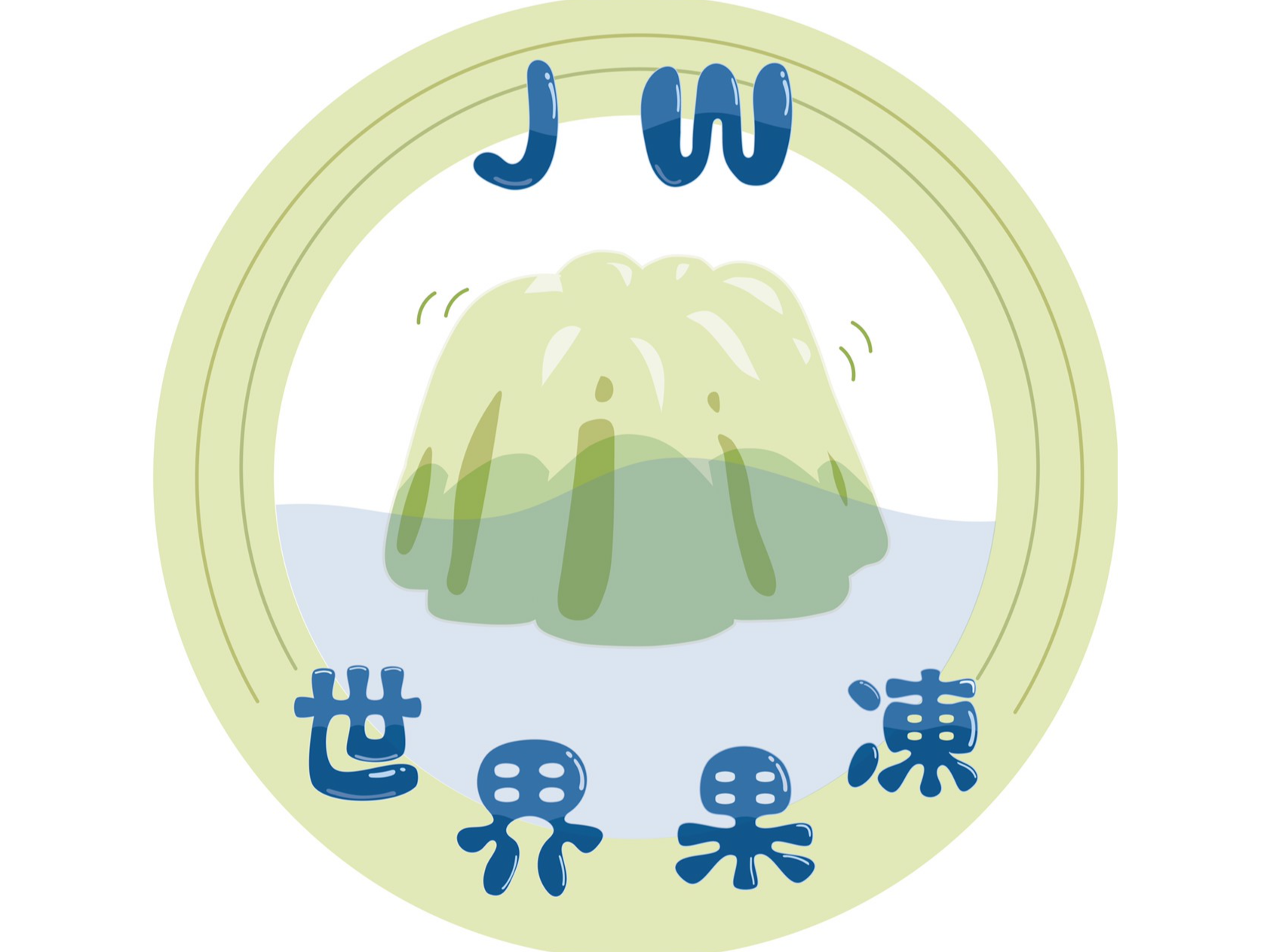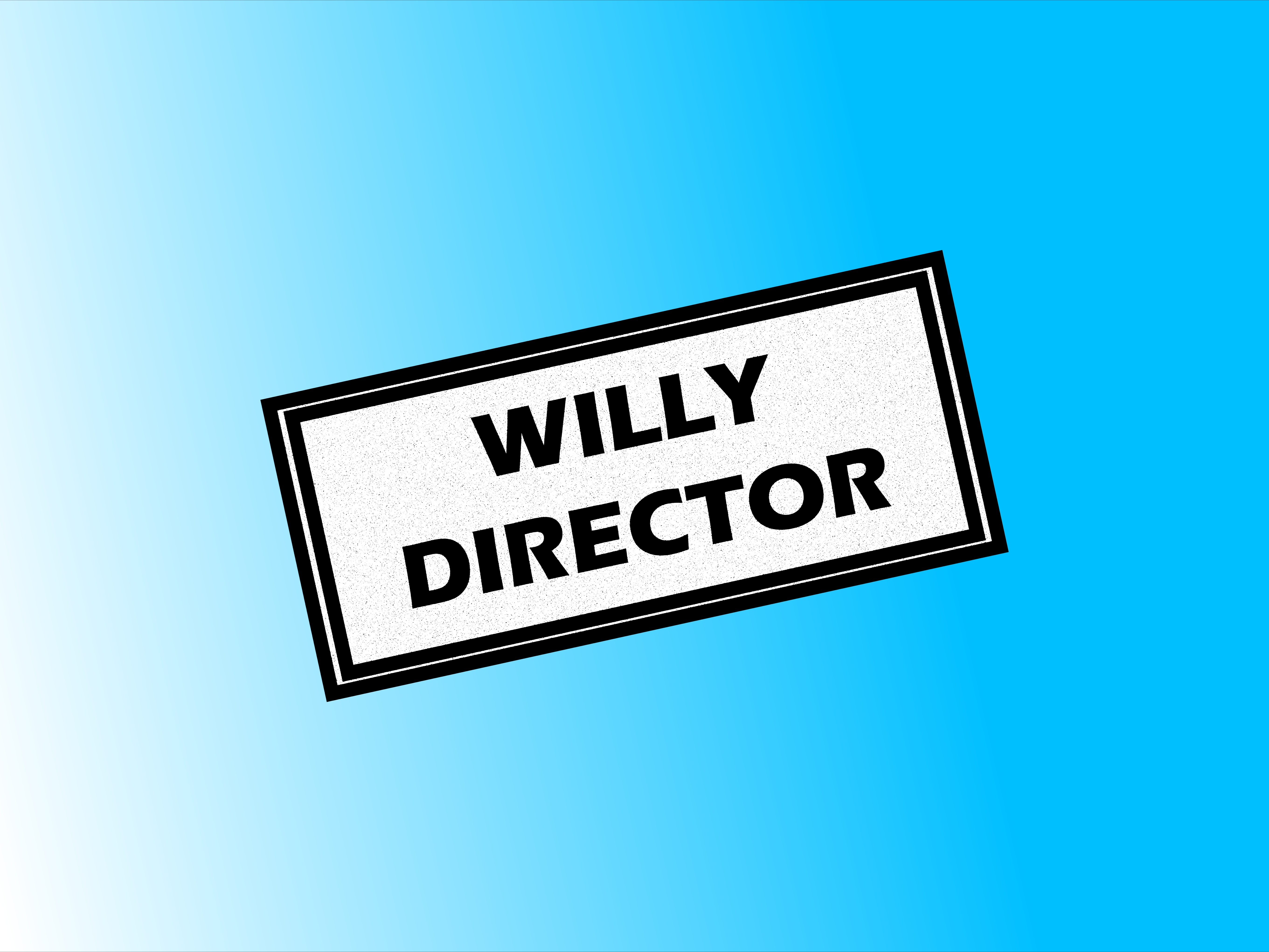
The World Between Us|Play Critique
The World Between Us is a play based on the popular tv series of the same name. The story follows the consequences of a mass shooting, and is told from multiple points of views, such as the media, the lawyers, the victims’ family members and the shooter’s family members. The play deals with multiple crucial themes such as mental illness, the death penalty and the true meaning of justice. I saw the play on December 6th, 2020 at the National Theater and Concert Hall.
The most innovative part of this play is that the audiences can participate in the storytelling by voting via Line bot. Our votes decide the fate of several characters, and therefore affects the ending of the play. The gimmick turns out to be engaging and successful, as all the audiences audibly gasped upon seeing the result of the vote. It is not only exciting, but also makes us focus more on the story we’ve chosen. Apart from the voting, we are also allowed to ask questions and post our own feedback in one scene, and what we’ve written will show up on the projection screen behind the actors. I enjoy these unique techniques very much, because it brings us an experience that can never be replicated. It gives us more motives to see the play in person, and it’s definitely a good thing for the theater industry.
The play is three hours long, and there are lots of scenes, therefore we see many different sets and props. Many of the locations are built, while the others are shown or explained through the projection screen. Aside from the many sets, there are a total of twenty characters in the play, not counting the extras, so it’s challenging for the writer and director to make sure we are able to not only tell the characters and their locations apart, but follow the multiple storylines without confusion. Thankfully, the story is well-structured and well-paced, so it never feels messy or overlong. The only major problem I have with the script is the dialogue, as some of them are obvious expositions, while others seem a little bit preachy, so it doesn’t sound very colloquial. However, the dialogue gets better during the second act, so it isn’t a major problem overall.
The story treats the mentally ill characters with respect, so we feel compassionate towards them; even though they committed crimes, we’re given a chance to understand the reasons behind their decisions, so we relate to or even feel sorry for them. The other characters are also given plenty of depth, as one TV show host works hard to defend mentally ill criminals, yet cheated on his wife once; while a news channel executive turns her media coverage into a witch hunt, yet she’s a mother who tragically lost her child in the shooting and blames herself for her child’s death. The characters of the play are neither pure heroes, nor straight-up villains, and they deliver compelling arguments regarding mental illness and the death penalty from both sides. More importantly, by bringing up these subjects, the play is successfully raising awareness, and hopefully the government can put more effort into handling the complicated social issues.
In conclusion, The World Between Us is a very entertaining play. Even if you’ve seen the TV series, it’s still worth watching for the interactive experience, and the four possible endings that are different from the source material. It might also be interesting for audiences who have seen both to compare the performances and the plot details. If you’ve never seen the TV series, you can still relate to the story and characters, and perhaps appreciate the technical aspects, such as the wide variety of colorful costumes and sets, the lighting and the score that sets the tone, and the voting segments. If one becomes more engaged in the discussions regarding mental illness and the death penalty, that would be the best-case scenario.
"Paul Chiang: A Retrospective" and "An Open Ending: Huang Hua-Cheng"|Field Note
On June 7th, I spent an entire day at Taipei Fine Arts Museum. I visited the four exhibitions available that day, and decided to focus on two of them, Paul Chiang: A Retrospective, and An Open Ending: Huang Hua-Cheng, in my field note. I returned for another visit on June 10th.
Paul Chiang: A Retrospective is the first exhibition I visited. Paul Chiang became an artist in the early 60’s. His style has evolved a few times throughout the years, ranging from the dark, pessimistic feel of the early years, to his recent work, which consists of a warm, colorful touch. Chiang’s work is largely influenced by where he lived at the time, and the events he experienced. For example, “Meditation on Eternity” (2001) is inspired by the 911 attacks, and the series gave me a fuzzy, compassionate feeling, as if the artist is telling the viewers that despite the tragedy, everything’s going to get better really soon. To me, Chiang’s work is like his journal. Unlike some artists who tell other people’s stories, or focus on expressing their own complex inner thoughts, I feel like I’m able to piece together Chiang’s personality and values through his work; and while Chiang’s work is mostly inspired by the world he lives in, he doesn’t seem to be affected by the reception of the general public or commercial demands. His work always feels sincere, the authenticity of his emotions unaffected despite having trouble selling paintings in his early years.
Another interesting thing about Chiang’s work, however, is that while I can understand the emotions he conveys; my interpretation of his subjects is often incorrect. For instance, “Home (Bridge II)” (1998) is an oil painting of a bridge in his home town. Instead of drawing the bridge with paint, he scratched off some of the black paint on the canvas to create his version of said bridge. I assumed that he chose this method to demonstrate that the painting is based on his vague memory of the bridge, and that’s why it felt a bit more abstract and mysterious. However, I stumbled upon a guide explaining the artwork to other visitors, and it turns out that the reason behind his method was that he had been afraid of the bridge ever since he was young, and the scratching is a representation of his fears. I was surprised by how different my take on the painting was compared to the artist himself, yet I did feel a sense of darkness and mystery the moment I saw the painting, so I wasn’t that far off with the “feel” he’s trying to achieve. I wonder how Chiang would react when he hears different interpretations of his work, but I suppose he’d be satisfied to know that the tone he’s going for was easy to relate to, even if the subject seemed abstract at first sight.
According to Chiang, “I try to express my feelings with the simplest of elements.” This philosophy is apparent in all of his works. But the quote that sums him up best, what truly shows his curiosity and sensitivity to art, is the following: “It is the beauty of sincerity and the enigma of life and nature that keep me painting.” I look forward to Chiang’s future works, hoping to be mesmerized by his arts and expressions again.
The next exhibition is An Open Ending: Huang Hua-Cheng, which is an exhibition that is much harder to fully understand in a single visit. Exhibitions tend to organize an artist’s massive number of works by dividing them into sections, in an effort to help the audiences understand the evolution of the artist’s creative career. But in this case, Huang’s career is so diverse, unique and seemingly random at times that this exhibition can’t help but feel a bit unorganized and complicated. It wasn’t until my second visit that I had a better grasp of what Huang was trying to achieve, as a lot of his works had vanished, and even art historians struggle to piece together his oeuvre, relying on old news reports and footages of his past work.
Huang started off working at ad agencies, creating posters for events while pushing for more avant-garde designs. He argued that techniques didn’t matter, and neither did what the clients think, as the creative ideas were the essence of visual design. Simultaneously, Huang worked on novels, poems, paintings and modern installation art. “The 1966 École de Great Taipei Autumn Exhibition,” featuring Huang himself, exhibited wet clothing, furniture and a record playing at the wrong speed, among other strange creations, with no paintings in sight. His goal was to mock the art manifestos of the 60’s, which he considered pretentious, yet his work shocked and appalled the visitors, who weren’t used to the concept of avant-gardism at the time. Nonetheless, Huang continued to experiment, this time using film and theater as his medium. Some of his projects were successful, while others were failures that never got made. Yet Huang refused to slow down, following his previous works with a crusade to “intervene in every profession and improve each with reform plans.” The project was ambitious, but led to no affect and was quickly forgotten. Fortunately, his actions were reevaluated today, and many now consider him an artist who was ahead of his time, affecting different aspects of the society with his art.
In my opinion, Huang is ambitious yet egotistical, diverse yet unorthodox, and had a lot to say yet unable to truly leave an impression at the time. He is certainly a unique and unconventional artist, and chose to leave his career “open-ended” instead of forcing a definitive conclusion on himself before his tragic death in 1996. “Don’t be a tragic hero.” I initially assumed that he must be frustrated throughout his career for being misunderstood. But now, I believe he simply chose to move on after each new attempt, whether it was successful or not. “Some people are making great efforts to remember a play that has long since disappeared.” Maybe Huang was never defeated, just eagerly trying to find his next big idea. After all, the value of the arts doesn’t necessarily depend on its market value; what truly matters in this case is how the art changes our society.
In conclusion, Paul Chiang and Huang Hua-Cheng are two incredibly different artists: the former a sensitive artist expressing his thoughts and sharing his feels through his work, and the latter a progressive multitasker waging war on culture and refusing to play by the rules. Yet these two artists are both sincere in their own ways: they never compromise for the market, and they both strive to be honest with their feelings. I believe that’s what makes them great artists: the authenticity that allows us to see the unique kinds of people they truly are, their personalities shining thorough their respective exhibitions.

The Caped Crusade: Batman and the Rise of Nerd Culture|Book Review
The Caped Crusade: Batman and the Rise of Nerd Culture by Glen Weldon is about the history of batman, and the evolution of his social and cultural relevance. As a comic book character without superpowers, Batman has always been a relatable character to comic book fans around the globe. However, what a lot of people may not realize, as the author points out early on, is that Batman has never been the same character throughout the years. Instead, the tone and the visual style of the comic books have changed constantly, switching from the campy, colorful, family-friendly style of the 60’s, to the cold, “noir” type of detective stories in the 70’s, all the way to the violent, adult-oriented crime-fighting stories during the 80’s. All these shifts in story and tone are largely related to real-life events and trends occurring in our society. This book demonstrates how art and society affects one another, and offers an intriguing behind-the-scenes look at the production of comic books and its TV and film adaptations, all while focusing on the evolution of batman.
Batman first appeared in 1939, created by essentially plagiarizing detective stories from Edgar Allen Poe, and earlier comic books like Shadow and Flash Gordon. It became popular almost immediately, yet nearly got cancelled after World War II, when a psychologist named Fredric Wertham accused the Batman comics of “promoting homosexuality”. Wertham stated that the relationship between Batman and Robin, Batman’s young sidekick, contains romantic subtext. As a result, the homophobic parents of the late 40’s began boycotting the comic books, eventually causing the editors to get rid of Robin by sending his character to college, forcing Batman to start working solo again. Interestingly, Weldon, who is a gay man himself, believes that some gay people do actually relate to Batman. The main reason is that while Batman has never been explicitly gay in the comics, his characteristics such as having to conceal his true identity, and suffering from childhood trauma, are largely relatable to members of the LGBT community, especially when openly gay characters are basically not allowed to exist back then. This shows how easily the art of storytelling can be affected by the reception of the society, and how art reflects the subconscious of audiences because everyone gets to interpret the same piece of art in their own way.
Meanwhile, in an effort to sell more toys and merchandise, the Batman comics gradually became more child-friendly, spawning a campy TV show in the process. While the show was incredibly popular among the general public, hardcore fans were outraged by the portrayal of a Batman who danced while fighting crime, going as far as saying “Not my Batman.” The tone of the show became even less serious when pop-art reached its peak popularity during the late 60’s. Hardcore fans consider this iteration of Batman “inauthentic”, and accused fans of the show of not being “true fans”. Hardcore fans who have a clear idea of the entire history of Batman used to enjoy discussing the story and characters with fellow fans, yet when Batman became an icon of mass culture, they felt that their comfort zone was invaded by a commercialized, mass-produced version of something they once truly loved. After the fad of pop-art fades, new comic book writers who were once hardcore fans themselves began to radically reboot the character, going back to basics with the original gothic, dark tone, in an effort to bring back the “classic” Batman. Comic books became expensive collectibles, a cherished piece of art carefully preserved instead of what kids read after school. This confirms the theory that “art” isn’t just defined by the object itself, but also location, audience and most importantly, cultural context.
For a while in the 80’s, the Batman comic books transformed into violent, edgy R-rated stories, to the point where some leftist critics accused Batman of being fascist. However, The Dark Knight Returns by Frank Miller, the defining Batman story of the 80’s, became one of the few examples where most hardcore fans and the general public enjoyed the artist’s work equally. It has always been a strange paradox that what hardcore fans love tend to be well-received within the nerd community yet doesn’t sell, while the mass-produced, “easily-digestible” works tend to be profitable and adored by the general public, but despised by most hardcore fans. In a way, I suppose this is like how films like Transformers do well at the box office, while many award-winning dramas struggle to find an audience. The mass culture is generally considered passive and one-dimensional, yet they largely outnumber the “authentic” fans, despite authentic fans being far more vocal than casual readers.
Nowadays, different readers relate to different eras of the Batman character. Moreover, Weldon believes that Batman has become an idea, a concept with cultural significance. Batman and his stories will continue to affect different aspects of our society, while the comics as a form of art will (hopefully) continue to strive, with stories that relate to current events, and a more diverse style for readers to enjoy.




